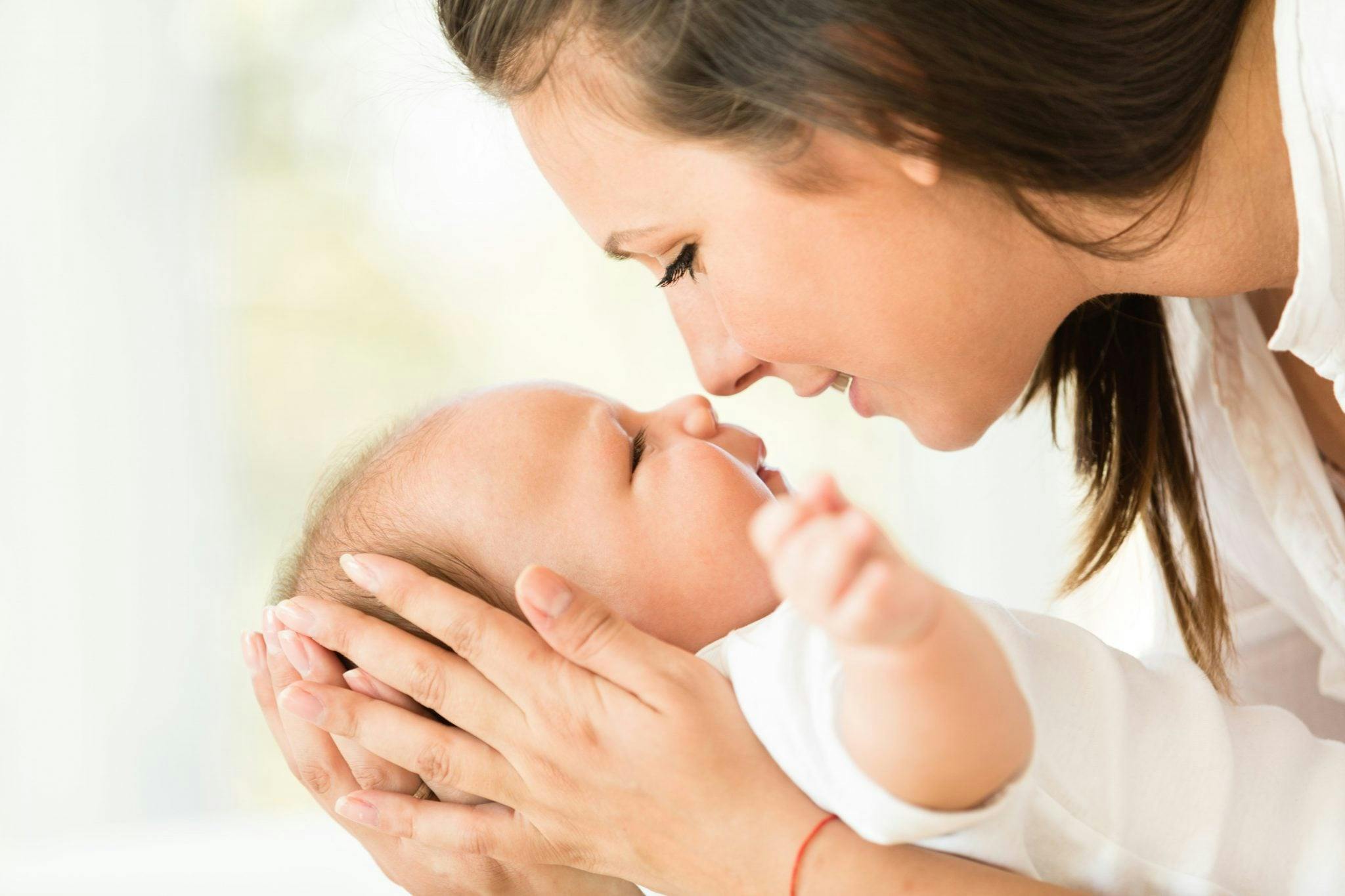
2024-07-12T16:54:51
Sunscreen Travel Tips
- Dermatology
November 18, 2019 | OB/GYN

Neonatal jaundice, also known as newborn jaundice, is a condition that causes a baby’s eyes, skin, and mouth to take on a yellow appearance.
Fortunately, this condition is not serious in most cases and goes away on its own. If your baby develops jaundice, your doctor will monitor your baby regularly to determine whether he or she needs further treatment?
According to the Merck Manual, newborn jaundice is caused by increased levels of bilirubin in the baby’s bloodstream. Bilirubin is a yellow substance produced by the body as a result of breaking down red blood cells.
Normally, bilirubin is carried by the bloodstream to the liver, where it is processed and eliminated in the stool. However, a newborn’s liver may not be developed enough to break down bilirubin, which causes it to build up and cause jaundice.
Jaundice can appear shortly after birth; however, it usually does not present until two to seven days after birth, according to FamilyDoctor.org. Although neonatal jaundice can appear in normal, healthy babies, it may also develop under the following conditions:
Although rare, jaundice can develop as the result of an underlying health problem and may pose a risk to your baby. Some possible contributing causes include:
One potential complication of neonatal jaundice is kernicterus, which occurs when bilirubin accumulates in the baby’s brain. If left untreated, kernicterus can lead to seizures, hearing loss, cerebral palsy, developmental delays or, in serious cases, death. The risk for this complication increases if the baby was born prematurely.
Treatment for newborn jaundice often includes light therapy (phototherapy). Exposing the newborn to special lighting helps the body process and eliminate excess bilirubin. If jaundice develops due to an underlying medical condition, the doctor will determine the best approach to treatment.
FamilyDoctor.org recommends contacting your doctor if the yellow skin color extends beyond the baby’s head and down the body.
However, if you have any health concerns about your newborn, talk to your OB/GYN or your baby’s doctor. Even if your baby is perfectly healthy, talking with your doctor will provide all the information and advice you need to keep your baby well and give you peace-of-mind.
Sources:
“Infant Jaundice.” FamilyDoctor.org.
https://familydoctor.org/condition/infant-jaundice/
“Jaundice in the Newborn.” Merck Manual.
“Managing Newborn Jaundice.” American Academy of Pediatrics.

WRITTEN BY:
The Live Better Team


2024-07-12T16:54:51

2024-07-02T11:42:04

2024-07-01T13:49:28

2024-06-21T14:29:51
This information is not intended to replace the advice of a medical professional. You should always consult your doctor before making decisions about your health.